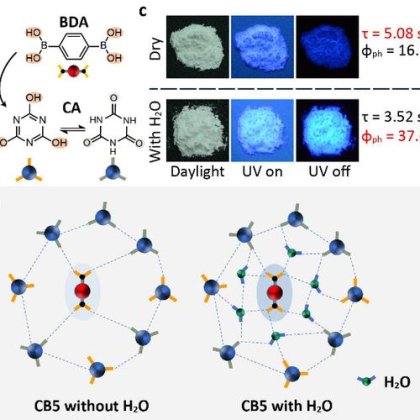| Notes |
1HNMR spectra, user instruction for enquiring |
| Store |
25℃ under N2 atmosphere |
| Packaging |
5 g, or as required in glass bottle |
| Solubility |
High soluble in EtOH, DMF, DMSO, water et al |
| Appearance |
White/beige solid |
| Purity |
99.5% |
| Linear Formula |
C8H20IN |
| CAS Number |
60734-63-6
|
| Name(EN) |
OAI |
| Synonym |
OAI |
| Mol. Weight |
257.16 |
Despite the recent exceptional rise in power conversion efficiency of perovskite solar cells (PSCs), surface defects and ion migration related instability are still present in PSCs. The chain length and binding energy of the passivation material play important roles in defect passivation, ion migration, moisture stability, and device-performance improvement. We synthesized three sulfonated ammonium compounds and investigated the effect of post-passivation with these compounds on ion-migration and stability. New materials with high binding energy include octylamine (OA) functionalized with sulfanilic acid (OAS), p-toluenesulfonic acid (OAT), and camphorsulfonic acid (OAC). The passivation improves power conversion efficiency (PCE) from 21.06% for the control to 24.37% for the devices treated with OAC. The champion device's hysteresis index decreased to 0.01 compared to 0.11 for the control device, which is the lowest reported so far. Furthermore, the passivated perovskite films retain over 85% of their initial PCE under 60% relative humidity for 1,600 h, and the device with OAC maintains over 90% of its initial operational long-term device stability without encapsulation for 600 h under 1 sun-illumination.













